OCT & Optomap
At Ashdown and Collins Eyecare, we don’t do things by halves. Our advanced imaging services – OCT and Optomap – allow us to examine your eyes in extraordinary detail, detecting potential issues sooner than traditional methods.
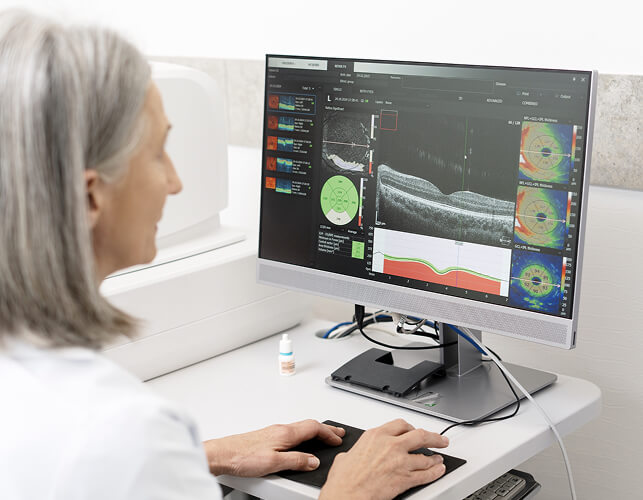
What is OCT?
Optical Coherence Tomography (OCT) is a non-invasive imaging technology that works similarly to an ultrasound but uses light waves instead of sound. Our state-of-the-art Topcon Triton OCT scanner captures detailed cross-sectional images of your retina – the light-sensitive tissue at the back of your eye. It shows us the retina’s distinct layers that are not visible during a standard eye examination.
The OCT scan:
- Takes just 5 minutes to complete.
- Is completely painless and non-contact.
- Creates detailed 3D images of the back of your eye.
- Allows us to detect signs of eye conditions up to 5 years earlier than traditional methods.
We particularly recommend OCT scans for those aged 25 and above, though we may suggest this imaging for younger patients if concerns arise during a standard eye examination.
What is optomap?
Optomap, using our advanced Optos Daytona system, provides an ultra-widefield view of your retina, capturing over 80% of its surface in a single image.
The optomap scan:
- Takes approximately 5 minutes.
- Is suitable for patients of all ages.
- Requires no pupil dilation in most cases.
- Provides immediate results for discussion during your appointment.
We offer Optomap imaging on an individual needs basis rather than as a routine service – our team will let you know if we advise it.
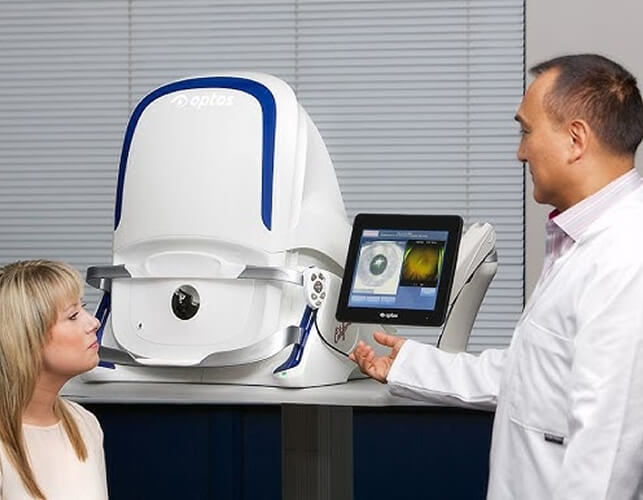
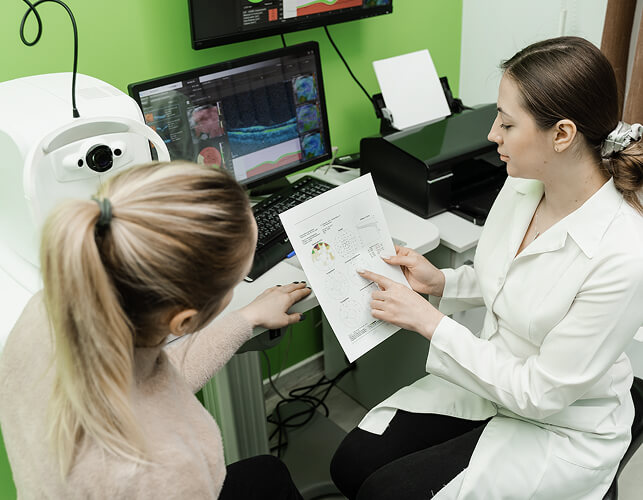
Enhanced detection and monitoring
These imaging technologies significantly enhance our ability to detect and monitor:
- Glaucoma – a group of conditions causing damage to the optic nerve, which carries visual information from the retina to the brain.
- Age-related macular degeneration – which affects central vision.
- Diabetic retinopathy – diabetes related damage to blood vessels in the retina.
- Retinal tears or detachments – tears or detachment of the retinal tissue.
- optic nerve abnormalities.
- Vascular changes – alterations to blood vessels in the retina.
- other subtle signs of retinal problems, which may not otherwise be picked up.
The resulting detailed images create a comprehensive baseline record of your eye health, so we can detect even the smallest differences over time. If you’re referred to an ophthalmologist, we can provide them with a clear picture of your condition.
Your complete eye examination
Our standard eye test includes retinal photography while our advanced examination includes OCT scanning for an additional fee.
However, we strongly recommend advanced imaging, as many eye conditions develop without noticeable symptoms in their early stages. This cutting-edge tech means we can identify potential issues before they become serious.
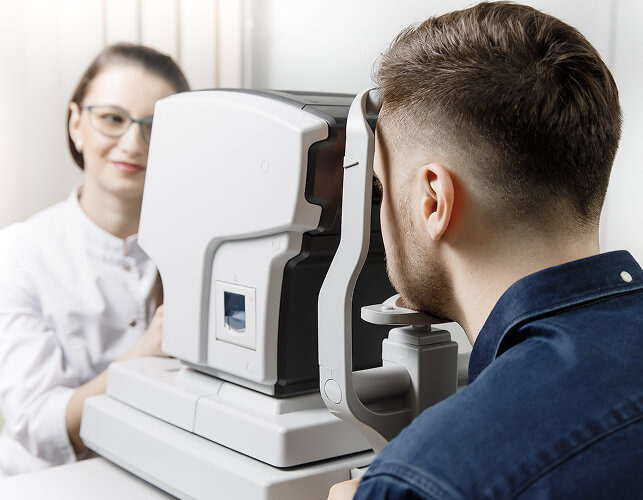
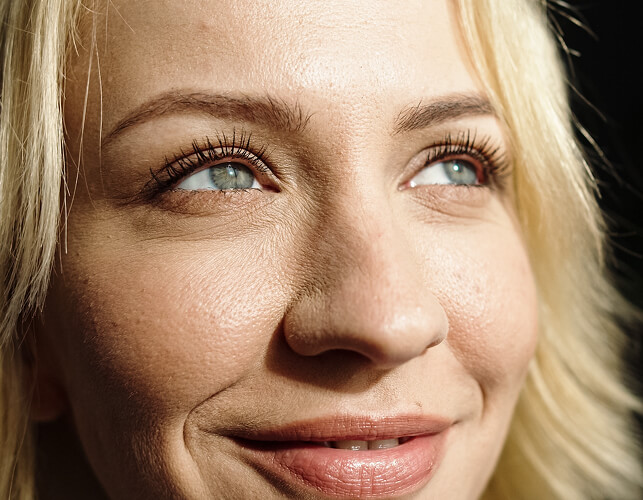
Safeguard your vision
Your eye health is too important to leave to chance. With the technology we have to offer, you can enjoy the peace of mind that comes with knowing your eyes have been thoroughly examined.
Take the first step toward clearer vision and a healthier future – contact us today to learn more about our imaging services or book your advanced eye examination online easily via our convenient appointment system.
Book your eye examination today
Protect your vision and eye health with our comprehensive eye examinations. Book online via our convenient web diary system or call our friendly team to find a time that works for you.
Don’t wait – book an appointment today and give your eyes the VIP treatment they deserve.

